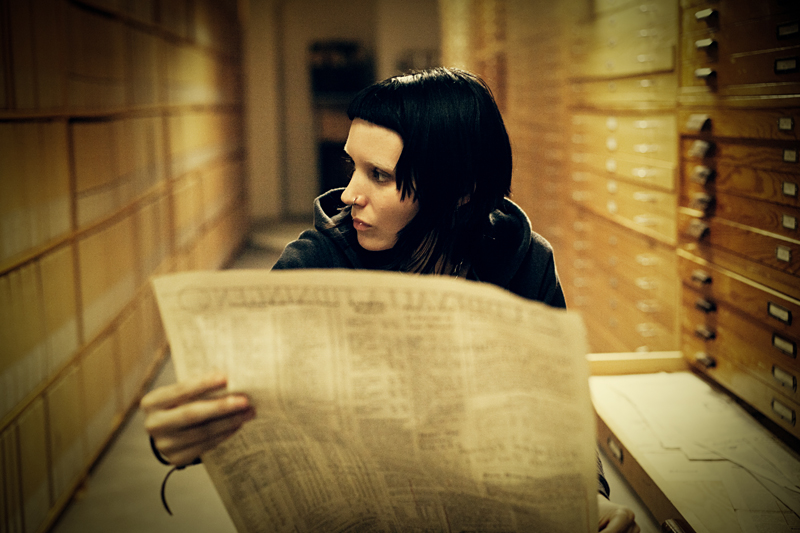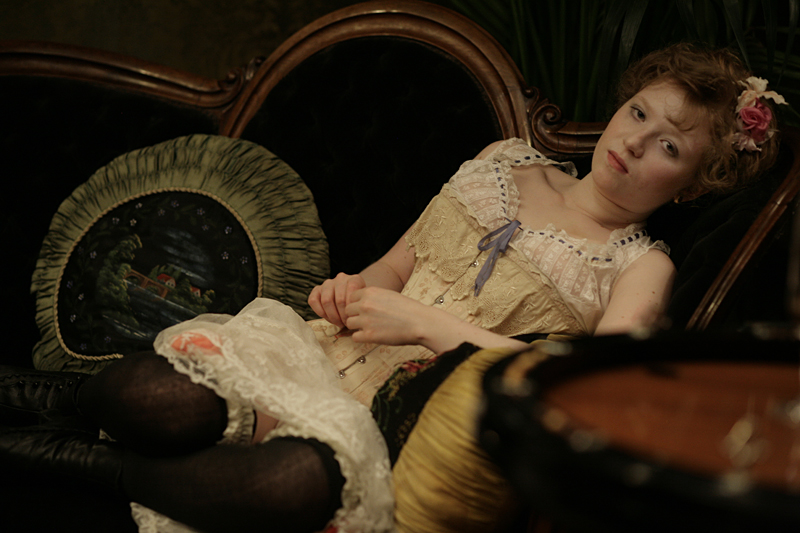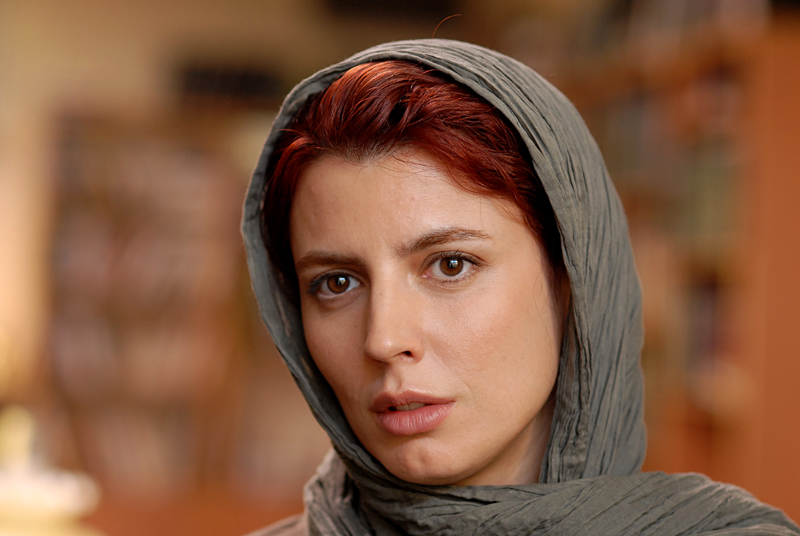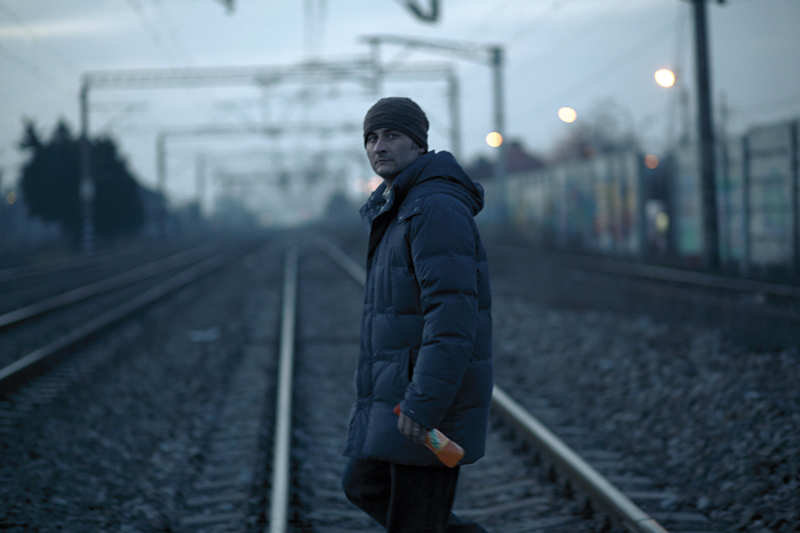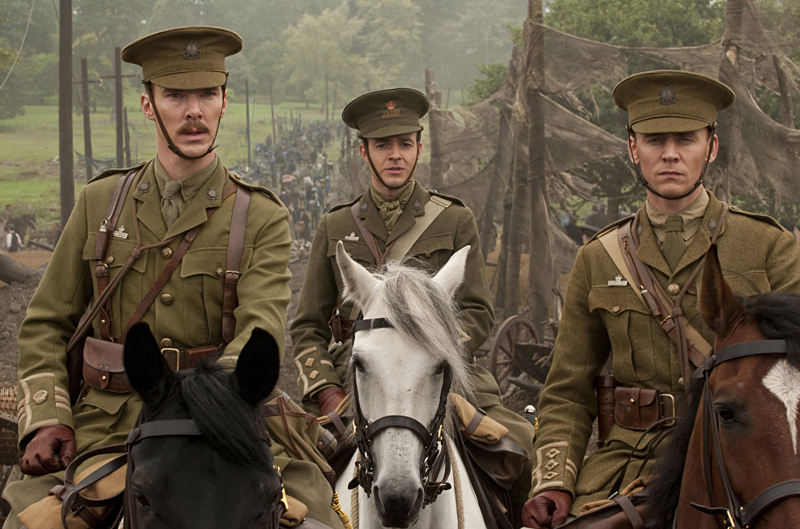The Girl With the Dragon Tattoo is hardly a personal project. Still, David Fincher’s sveltely malevolent remake of the 2009 Swedish blockbuster directed by Niels Arden Oplev from Stieg Larsson’s rambling thriller, a posthumously published international best-seller and Kindle record-holder, is a recognizably Fincherian caper. The movie, which opens with a bit of Led Zeppelin grandiosity (covered by Karen O) and a credit sequence of scary, satanic rubber-fetish ickiness, has a pleasingly dialectical place in the Fincher oeuvre, synthesizing aspects of two previous features, the serial-killer procedural Zodiac and the computer-nerd biopic The Social Network.
Set in a freeze-your-blood land of streamlined chrome, steely dawns, and gleaming black-and-silver nocturnes, Dragon Tattoo follows a cold trail of ritually butchered women through rural Sweden; these previously unlinked crimes have been discovered as part of an investigation conducted by lefty reporter Mikael Blomkvist (Daniel Craig). This grim do-gooder’s career is soon upended by the billionaire corporate crook whom his reporting failed to bring down, and he’s then hired on the rebound by another Swedish oligarch, Henrik Vanger (Christopher Plummer channeling Max von Sydow), to solve a murder.
Beggaring the Kennedy assassination or the crime at the heart of Blow-Up in its wealth of photographic evidence, this killing was committed some 45 years ago, apparently by one Vanger family member against another. Alternately dashed and dashing, Blomkvist is a standard-issue wounded crusader, but, as millions of earthlings know, the movie’s real protagonist is his ace research assistant, Lisbeth Salander. The eponymous asocial goth-punk-pierced-lesbo hacker supreme, she’s played here by neophyte Rooney Mara, best known until now as the Boston University coed who called Mark Zuckerberg an asshole five minutes into The Social Network, and it’s her pale flame that illuminates the movie.
Steven Zaillian’s script pushes Larsson’s narrative, originally set at the close of the 20th century, toward the present moment. It’s a bit late in the day to take seriously the guilty secret of Sweden’s Nazi sympathizers, but even amateur torture theater is a perennial movie kick. The novel (originally and pointedly titled Men Who Hate Women by its Trotskyist author) is basically a tale about brutalized females and a fantasy of feminist retaliation. Fincher gets with the program, as when Salander handily dispatches a mugger or, after being grossly abused by her sadistic legal guardian, coolly stages a counter-rape of absolute vengeance and then goes out clubbing. (Still, as a polished professional and an equal-opportunity entertainer, the director, once down in the basement of terror, can’t help but dote a bit on the male pathology Larsson abhors, framing the ultimate villain as though he, like the Zodiac killer, was the movie’s secret star.)
The dour spirit of merriment in this clammy universe, Mara’s elfin Salander is not exactly a carbon copy of the spiky-haired menace Noomi Rapace played in the Oplev movie. She’s funnier, as well as more plaintive, in her deadpan aplomb. (And once her cockscomb Mohawk gives way to a less off-putting coif, she seems more playful, her outfit taking on the feel of a store-bought Halloween costume.) Nor is Fincher’s Dragon Tattoo a shot-by-shot, or even scene-by-scene, recap of Oplev’s dowdier production, but an altogether leaner, meaner, more high-powered, stylish, and deftly directed affair—though similarly hampered by a too-long narrative fuse.
Running 158 minutes, Dragon Tattoo requires well more than an hour for Blomkvist’s story to converge with Salander’s, and—though things do pick up once reporter and hacker begin to pursue parallel research tracks (as well as each other)—it grossly overstays its welcome. Where the shudder-inducing Zodiac, and even The Social Network, resisted closure, Dragon Tattoo persists in pursuing three separate endings; by the time they wrap, the movie is less a walk on the wild side than an evening stroll through a well-lit topiary garden.
